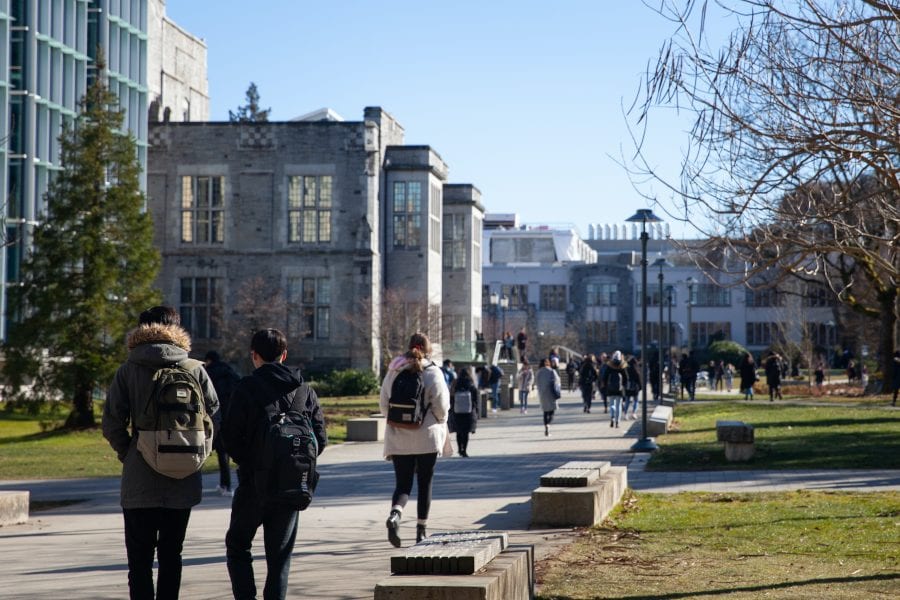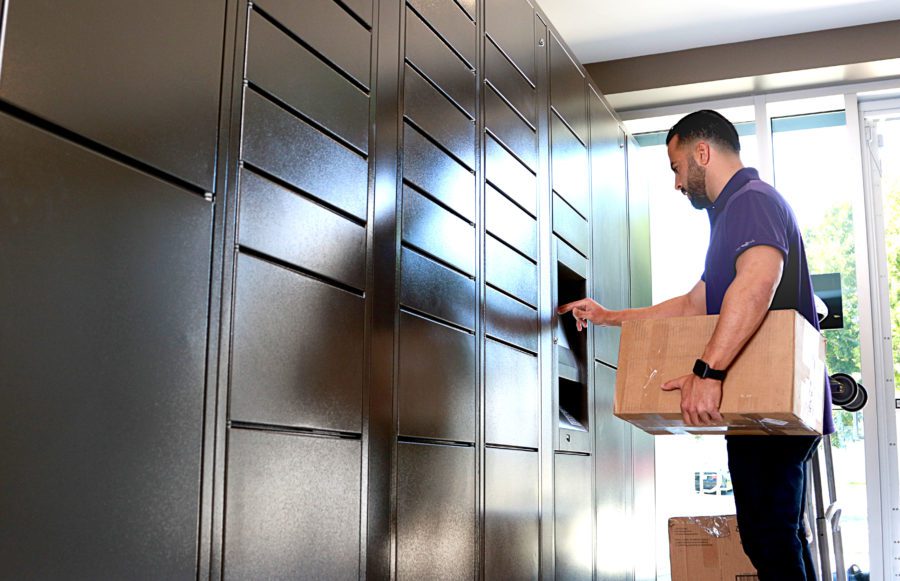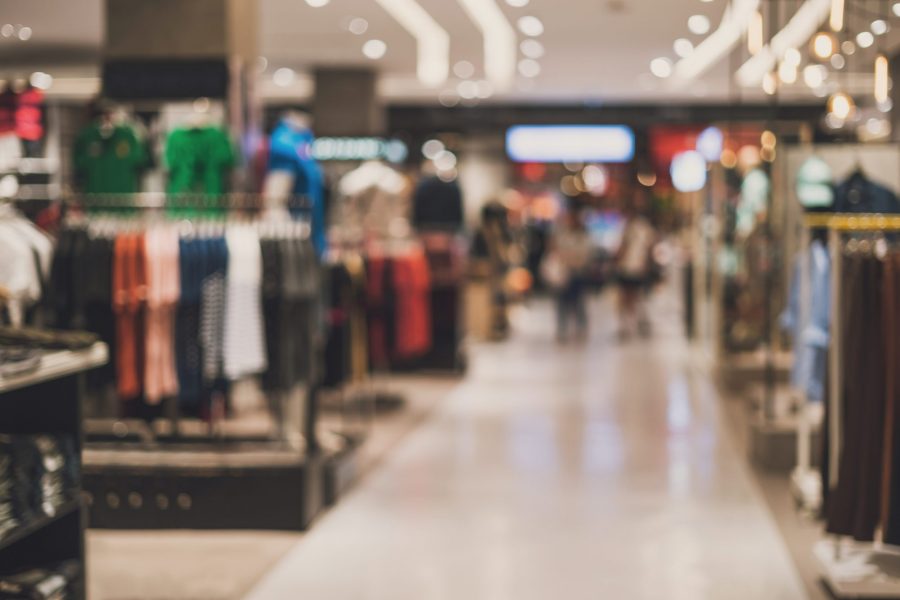
Our Blog
Preparing for the Return to Campus: University Reopening
Written by: Parcel Pending
5 Min Read
Published: April 15, 2021
Updated: March 29, 2023
After 14 months of uncertainty, universities across the country are planning a return to campus come fall semester. Of course, higher education institutions have adopted many new changes and guidelines to help facilitate a safe return to campus. In fact, in light of the COVID-19 pandemic, many institutions have significantly expedited their innovation timelines, bringing much-needed changes (some discussed for as many as 10 years) to fruition in 2021.
Here’s an insider’s look as to how experts see the fall term (and beyond) unfolding.
Recognizing the Mental Health Challenges of the Pandemic
Not only was there a major public health event (pandemic) this year, but a mental health epidemic raging across universities as well. In fact, 65% of students report having fair or poor mental health1.
Lack of connection, community, and confusion played key roles. In particular, research shows that LGBTQ, BIPOC (standing for Black, Indigenous, and People of Color) suffered disproportionately. The quest for racial justice also added to mental questioning.
However, students’ use of campus-based mental health resources actually declined last year with 47% saying they could have used some (28%) or a lot (19%) more support from their college during this time2. Here are six factors that contributed to this weakening demand, including:
- Fear – Students questioning if it was safe to return for a mental health session.
- Privacy – Questions about how private mental health sessions were from prowling ears, especially as they returned home.
- Exhaustion – Students feeling as if therapy took too much effort when they already felt overwhelmed.
- Belief – Does therapy really work?
- Isolation – Should students even bother improving their health when so many other important crises happening in the world
- Disconnection – With so many remote classes, students felt disconnected from college and its services.
Employing a Plan or Protocol to Ensure the Mental Health of Students & Staff
Now, with schools creating strategic plans for reopening in fall of 2021, experts are looking at how to better address the mental needs of students given the recent research.
- Make it Easy – Anecdotal studies hint that it was difficult for students and staff to know where to go when they needed mental health counseling. Often, students felt like they were sent in circles determining where to go, who to see, and how to make an appointment.
- Keep Private Sessions Private – An open, honest relationship is key with therapy. Ensure spaces are secure. The University of Iowa, for example, built an inventory of about 150 rooms across campus that can be reserved for virtual counseling and other private meetings3.
- Provide Help ASAP – When students reach out for help, they need it now, not a busy number or a wait list.
- Create Engagement & Involvement – Apps like the Support Network, Project LETS, Runaway App and Lean On Me provide support in a peer-to-peer way.
Implementing these best practices in tandem with other innovations around the campus community can help institutions facilitate a safe return to campus for students, faculty, and employees.
Changing Staff & Faculty Offices
There’s a shift underway to transform offices similar to co-working spaces that foster more collaboration, creativity, and communication. Private offices, initially considered the only safe alternative during the height of the pandemic, have given way to more open spaces. Further, there are economic efficiencies available in using shared desks, pods, and small collaboration areas. The University of Washington at Bothell, for example, tried this new approach beginning in 20174. Although there was initial push-back from faculty as private offices are associated with tenure and prestige, professors eventually saw the positives outweigh the negatives.
Reconfiguring the Mail Room for Safety Protocols & Logistics
During the past year, university mailrooms hit a perfect storm of chaos: a deluge of packages, an explosion of online shopping, a reduction in staff on campus, and students departing universities to return home. It was virtually impossible to get packages safely and conveniently to students in their residence hall!
Intelligent lockers allow for contactless delivery with significantly fewer resources. In fact, switching to intelligent university delivery lockers can boost productivity by a startling 30%! In a recent study, universities recognized the advantage of smart lockers with 42% of respondents having already invested in parcel locker solutions.
Lockers also work well with social distancing rules in effect as students and staff pick up deliveries on their schedule while maintaining physical distance and without waiting in line.
Here’s how the secure locker system works:
- Packages arrive at the on-campus receiving area.
- Packages are sorted and coded for smart lockers according to their final on-campus destination.
- Packages are delivered to the appropriate locations on-campus and placed into a secure electronic locker.
- Students are automatically notified by email or text that a package has arrived and are given a code that they manually enter or scan a barcode for contact-free opening.
- Students retrieve the package at the lockers using their unique and secure access code.
Welcome to the Campus Hub™: Leveraging Smart Lockers for More
Using smart lockers strictly for package delivery is only the beginning. Christopher O’Brien, Executive VP, Parcel Pending of Quadient, predicts parcel lockers will provide the solution for distributing all kinds of things on-campus, giving users the ability to avoid lines and face-to-face contact. He refers to this as the Campus Hub, “an exchange point for different items, outside of mail and packages.”
Lockers can be used at sporting events when attendees bring prohibited items; they simply secure them until the game’s end. Innovative universities are also using them in tandem with existing asset tracking software as a drop-off point for bookstores and libraries. In short, students order online and safely retrieve their requests at the lockers.
University life remains in flux with policies constantly changing reflecting new COVID-19 pandemic-related and CDC guidelines. As a result, smart lockers have evolved from a luxury to a necessity on college campuses allowing for safe and secure delivery of not just packages, but of other essentials including books, bookstore orders, and laptops.
If you’re interested in additional methods for how to attract prospective students, we’ve got you covered!
Sources:
- Ezarik, Melissa. Inside Higher Ed. Students Struggle but Don’t Seek Colleges’ Help. (2021, April 14). https://www.insidehighered.com/news/2021/04/14/students-struggling-not-seeking-campus-mental-health-support.
- Post Horne, Laura & Davis, Kelly A. Inside Higher Ed. Why Aren’t More Students Seeking Mental Health Support?. (2021, March 31). https://www.insidehighered.com/views/2021/03/31/how-campuses-can-encourage-students-seek-mental-health-support-opinion.
- University of Iowa. (n.d.). Student Space. Retrieved from: https://studentspace.uiowa.edu/
- Chronicle of Higher Education. (2020). Rethinking Campus Spaces [Report]. Retrieved from: https://store.chronicle.com/collections/reports-guides/products/rethinking-campus-spaces



